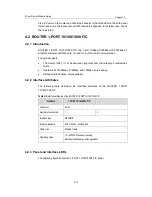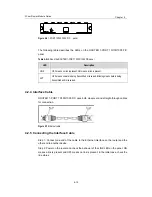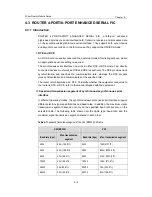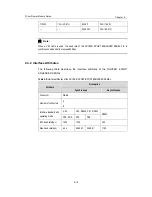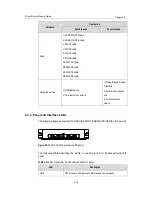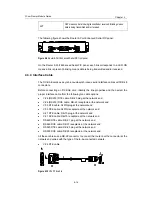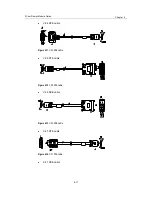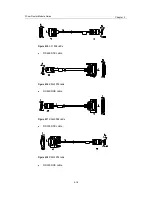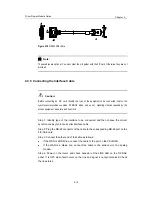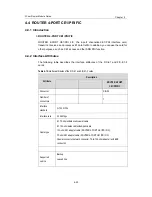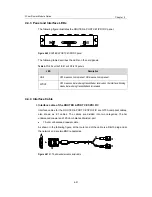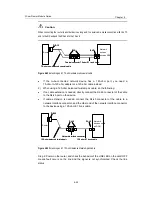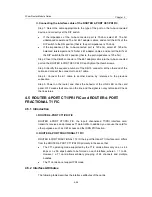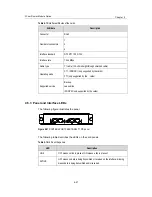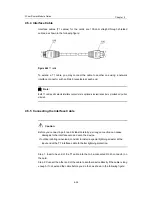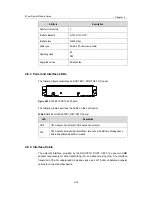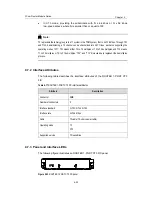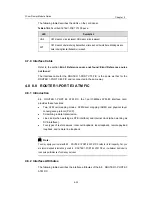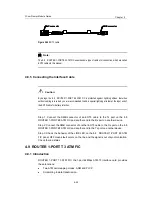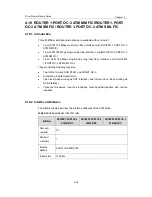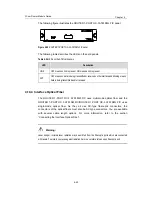
3Com Router Module Guide
Chapter 4
4-25
Caution:
When connecting the router to another device using an E1 coaxial cable, make connection with the TX
end to the RX end and the RX end to the TX end.
Router
Network
devices
such as DDN
DB-15
Coaxial connector
BNC
BNC
75-ohm non-balanced coaxial cable
75-ohm E1 trunk cable
Router
Network
devices
such as DDN
DB-15
Coaxial connector
BNC
BNC
75-ohm non-balanced coaxial cable
75-ohm E1 trunk cable
Figure 4-25
Extending an E1 75-ohm unbalanced coaxial cable
z
If the to-be-connected network device has a 120-ohm port, you need a
75-ohm-to-120-ohm adapter or a 120-ohm cable instead.
2) When using a 120-ohm balanced twisted-pair cable, do the following:
z
If no cable extension is needed, directly connect the RJ-45 connector of the cable
to the RJ-45 port on the device.
z
If cable extension is needed, connect the RJ-45 connector of the cable to a
network interface connector, and the other end of the network interface connector
to the device using a 120-ohm E1 trunk cable.
Router
Network
devices such
as DDN
DB-15
Network interface connector
RJ-45
RJ-45
120-ohm balanced twisted pair
120-ohm E1 trunk cable
Router
Network
devices such
as DDN
DB-15
Network interface connector
RJ-45
RJ-45
120-ohm balanced twisted pair
120-ohm E1 trunk cable
Figure 4-26
Extending an E1 120-ohm balanced twisted-pair cable
Step 4: Power on the router, and check the behavior of the LINK LED on the card: OFF
means fault occurs on the line and the signal is not synchronized. Check the line
status.

